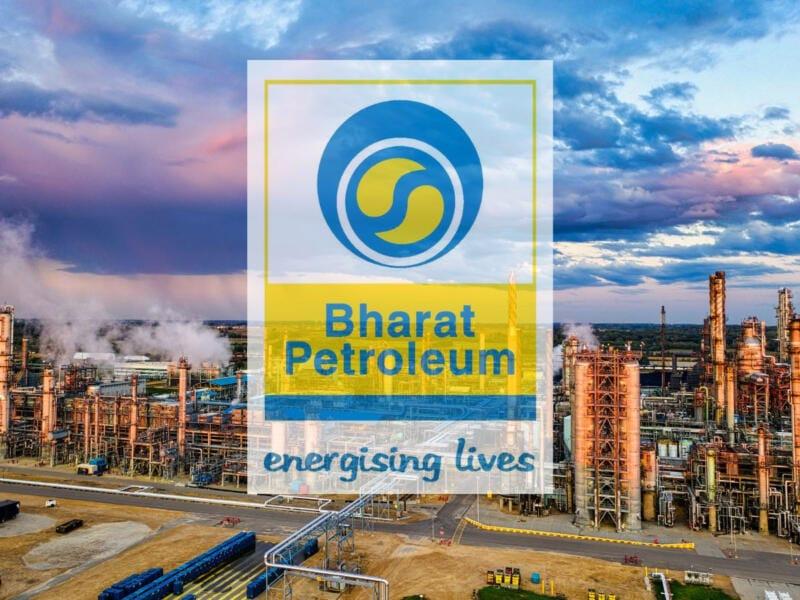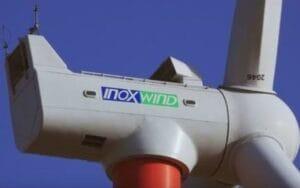1. At a Glance
BPCL is India’s second-largest oil refining and marketing company, with14–15% of the nation’s refining capacityspread across Mumbai, Kochi, and Bina. Q1 FY26 brought in ₹1.13 lakh crore in revenue (flat YoY) but net profit rocketed133.97% YoYto ₹6,839 crore — thanks to better refining margins and some good old PSU accounting magic. At ₹322/share, it’s trading at aP/E of just 7.97, cheaper than your neighbourhood pani puri per plate, and offering a3.1% dividend yield. The drama? Impairment losses, SEBI compliance niggles, and the ever-present fuel price regulation game.
2. Introduction
If Indian oil marketing companies were a Bollywood cast, Reliance would be the over-the-top hero, IOC the grizzled veteran, and BPCL the dependable sidekick who sometimes steals the scene. With 35.3 MMTPA refining capacity, BPCL is literally in your petrol pump, your kitchen LPG cylinder, and your aviation fuel — all without you thinking twice.
But behind the shiny dividend payouts and low P/E, there’s a PSU juggling act: government price controls, global crude volatility, and capital-intensive upgrades. And oh, every time crude spikes, expect the CFO to start praying to Brent and WTI like they’re cricket gods.
3. Business Model (WTF Do They Even Do?)
BPCL operates in two big buckets:
- Refining– Converting imported crude into petrol, diesel, LPG, ATF, petrochemicals.
- Marketing– Selling said fuels through ~20,000 retail outlets, LPG connections, industrial contracts, and exports.
Extra credits: Aviation fuel supply to airlines, lubricants (Mak), and now increasing focus on petrochemicals & renewables. The refining business is cyclical, but the marketing business offers
steady volumes — provided the government doesn’t cap prices during crude surges.
4. Financials Overview
| Metric | Q1 FY26 | Q1 FY25 | Q4 FY25 | YoY % | QoQ % |
|---|---|---|---|---|---|
| Revenue (₹ Cr) | 1,12,551 | 1,13,095 | 1,11,230 | -0.48% | 1.19% |
| EBITDA (₹ Cr) | 9,678 | 5,627 | 7,737 | 72.0% | 25.1% |
| PAT (₹ Cr) | 6,839 | 2,921 | 4,392 | 133.97% | 55.7% |
| EPS (₹) | 15.76 | 6.55 | 10.12 | 140.5% | 55.7% |
Annualised EPS = ₹15.76 × 4 = ₹63.04P/E = ₹322 ÷ ₹63.04 ≈5.1— significantly cheaper than screener’s TTM 7.97, thanks to a fat quarterly profit.
5. Valuation (Fair Value RANGE only)
P/E MethodSector P/E ~ 10×. EPS ₹63.04 → FV ~ ₹630.
EV/EBITDA MethodTTM EBITDA ~ ₹29,387 Cr, EV/EBITDA median ~ 6× → EV ~ ₹1,76,322 Cr.Net debt ≈ ₹61,101 Cr borrowings – ~₹12,000 Cr cash ≈ ₹49,101 Cr.Equity = ₹1,27,221 Cr → FV/share ≈ ₹374.
DCF (very rough)Assume 5% FCF growth, 9% discount → FV ~ ₹360.
Fair Value Range= ₹360 – ₹630Disclaimer: For educational purposes only. Not investment advice.
6. What’s Cooking – News, Triggers, Drama
- Refining Margins Boost




















